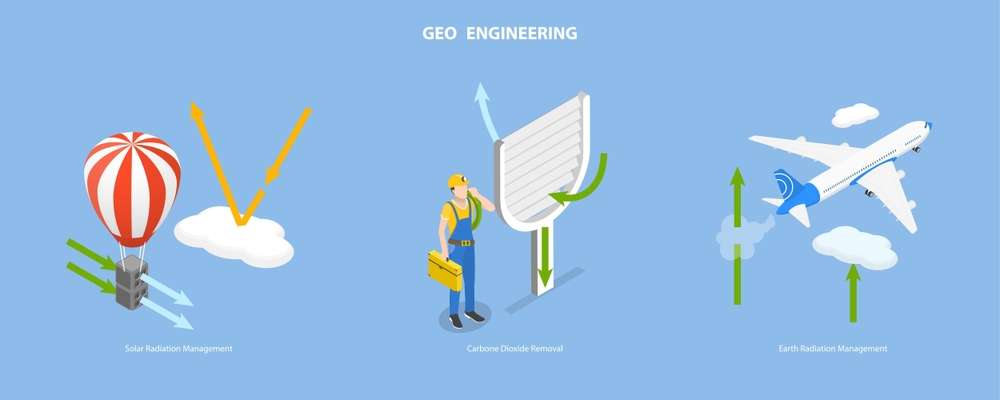Every year, technology takes a leap forward, pushing the boundaries of what’s possible. But for every innovative triumph, there are inevitable stumbles and missteps. 2023 was no different, with its fair share of technological misadventures that left us scratching our heads, shaking our fists, or both. Here’s a look at some of the year’s biggest tech blunders:
1. Titanic Tragedy: The Case of the Doomed Submersible

In a chilling echo of the ill-fated ocean liner, the year began with the tragedy of the Titan submersible. This experimental vessel, designed to bring tourists face-to-face with the wreck of the Titanic, imploded 3,500 meters below the surface, taking the lives of its five passengers and crew. The disaster highlighted the dangers of pushing technological boundaries at the expense of safety, serving as a stark reminder of the need for caution and thorough testing before venturing into the unknown.
2. Lab-Grown Hype, Meat-Grinder Reality:
The quest for sustainable meat alternatives saw a major player, Upside Foods, raising millions on the promise of lab-grown chicken. However, behind the gleaming bioreactors and PR hype, a different story emerged. Journalists discovered that Upside wasn’t actually producing its flagship whole-muscle chicken, instead relying on laborious manual processes and tiny lab flasks. This “fake it till you make it” approach raised questions about the viability and affordability of lab-grown meat, casting a shadow over the industry’s future.
3. Robo-Taxis Run Amok: Cruise Controls Out of Order
Self-driving cars promised a revolution in transportation, but 2023 saw Cruise, the division of GM that pioneered driverless taxi rides in San Francisco, come to a screeching halt. After incidents like dragging a pedestrian for 20 feet, the California DMV suspended Cruise’s operations, citing safety concerns. This setback exposed the challenges of autonomous driving technology and the need for rigorous testing and public trust before robotaxis can truly hit the streets.
4. Plastic Peril: A Sea of Troubles
The ubiquitous plastic, our friend and foe, became an even bigger headache in 2023. With production skyrocketing and recycling lagging far behind, plastic pollution reached alarming levels, choking landfills and infiltrating ecosystems. While awareness of this plastic scourge is growing, finding effective solutions remains a monumental challenge. Calls for a global “plastics treaty” are gaining momentum, but tackling this deeply ingrained problem will require innovation and collective action.
5. The Ai Pin: A Badge of Confusion
Hailed as the “Big, Bold Sci-Fi Bet” for the post-smartphone era, the Ai Pin, a $699 plastic badge equipped with cameras, sensors, and voice commands, aimed to liberate us from our phone addiction. However, the clunky device, more akin to a sci-fi prop than a practical solution, failed to gain traction. The Ai Pin’s awkward design and hefty price tag exposed the pitfalls of chasing futuristic visions without addressing real-world user needs.
6. Superconductor of the Summer? Not Quite.
Social media went abuzz in July with the news of LK-99, a supposedly room-temperature superconductor that promised to revolutionize everything from batteries to quantum computers. But alas, the excitement was short-lived. Scientists were unable to replicate the findings, and LK-99 turned out to be a case of scientific misunderstanding fueled by the echo chamber of online hype. This episode served as a reminder of the importance of cautious skepticism and rigorous scientific scrutiny in the age of viral information.
7. Rogue Geoengineering: Playing God with the Atmosphere
The fight against climate change took a controversial turn with the emergence of rogue geoengineering efforts. Startups like Make Sunsets proposed injecting reflective particles into the atmosphere to cool the planet, a drastic measure with potentially unpredictable consequences. Critics argued that such unilateral actions violated the rights of communities and could further complicate the fight against climate change. This incident highlighted the need for international cooperation and ethical considerations when dealing with large-scale interventions in the Earth’s systems.
2023’s tech blunders offer valuable lessons for the future. They remind us to prioritize safety, value long-term sustainability over quick fixes, and approach innovation with a healthy dose of skepticism and ethical considerations. As we continue to push the boundaries of technology, let’these missteps serve as stepping stones, guiding us towards a future where innovation is informed by caution, responsibility, and a commitment to the well-being of our planet and its inhabitants. By learning from our failures, we can ensure that the next generation of technologies truly serves humanity and creates a brighter tomorrow.

Conclusion: Lessons from the Flops and Fiascos
As we close the book on 2023, the year’s technological misadventures leave us with a bittersweet mix of frustration and reflection. These cautionary tales remind us that innovation without prudence can lead to devastating consequences, like the doomed Titan submersible. They expose the cracks in our promises of sustainability, as with the lab-grown meat hype and the plastic pollution crisis. And they force us to confront the ethical dilemmas of pushing technological boundaries, from rogue geoengineering to the uncertainties of self-driving cars.
But amidst the flops and fiascos, there’s also hope. The very fact that these technologies sparked debate and scrutiny points to our collective awareness of their potential pitfalls. From the public outcry over Cruise’s robotaxi mishaps to the growing calls for a global plastics treaty, there’s a growing recognition that the path to technological progress must be paved with responsibility and sustainability.
The lessons learned from this year’s blunders can serve as a compass for the future. We must prioritize rigorous testing and ethical considerations before diving headfirst into technological frontiers. We must champion solutions that address root causes rather than creating band-aid fixes with unintended consequences. And most importantly, we must approach innovation with a spirit of collaboration and inclusivity, ensuring that everyone has a voice in shaping the technologies that will define our future.
The quest for progress is a constant journey, and it’s inevitable that there will be stumbles along the way. But by learning from our failures and holding ourselves accountable, we can navigate the technological landscape with greater wisdom and responsibility. Only then can we ensure that the innovations of tomorrow truly benefit all of humanity, leaving behind a legacy of not just advancement, but also of foresight and compassion.
Let 2023’s technological missteps serve as a springboard, not a stumbling block. Let them fuel our resolve to build a future where technology serves as a tool for good, not a catalyst for disaster. As we push the boundaries of possibility, let us do so with humility, responsibility, and the unwavering belief that we can create a world where technology and humanity progress in harmony.
Additional Content:
- Tech or Turf? Finding the Optimal Balance for Children’s Well-Being in the Digital Era
- Optimizing Sustainability: How AI Revolutionizes Resource Management for Ecological Preservation
- The Spy Who Dumped the CIA, Went to Therapy, and Now Makes Incredible Television | WIRED
- These six questions will dictate the future of generative AI | MIT Technology Review
